
Step beyond the pyramid of Kukulkán and past the rows of crumbling columns, and you'll find a place where time runs deeper than stone. Nestled in the northern corner of Chichén Itzá lies a sinkhole shrouded not just in jungle vines—but in centuries of blood, belief, and buried secrets.
This is the Cenote Sagrado, or Sacred Cenote. To the ancient Maya, this was no ordinary swimming hole. It was a portal to the underworld. A place where offerings to the gods were cast into the dark waters—sometimes golden, sometimes human.
What Is a Cenote?
In the Yucatán Peninsula, the limestone earth is like Swiss cheese—full of natural pits and tunnels. Cenotes (pronounced *seh-NO-tays*) are sinkholes created when the ceiling of an underground cavern collapses, revealing groundwater below.
The Maya believed cenotes were sacred wells and often tied them to the spiritual realm of Xibalba, the Maya underworld. Among all the cenotes in the region, none has captured imagination—or fear—quite like this one.
Not Just Water—But Ritual
The Sacred Cenote is nearly 60 meters in diameter, with sheer cliffs plunging over 20 meters down to the surface of a still, dark pool. From the edge, it looks peaceful. But beneath the surface lies centuries of ritual—some beautiful, some horrific.
Historical accounts and modern archaeology confirm that the Maya used this cenote for offerings during droughts and festivals. Ceramic jars, jade carvings, and even gold discs have been found at the bottom. But alongside these treasures, divers have also found... bones.

Human Sacrifice or Misunderstood Devotion?
In the early 1900s, American explorer Edward Thompson dredged the cenote and brought up hundreds of objects—and dozens of human remains. Some were male, others female. Many were children. The bones showed signs of trauma. The implication was clear: sacrifices.
But modern Maya descendants urge caution. They argue the narrative has often been sensationalized. Some victims may have died naturally. Some may have been honored by being placed into the cenote after death. What’s clear is that this wasn’t done lightly. This was serious, sacred business.
Whether the bodies were pushed in screaming or laid to rest in peace, one thing is certain: the Sacred Cenote was never just a hole in the ground—it was a bridge between worlds.
The Echoes Still Ripple
Today, tourists peer into the depths from a wooden platform. They toss coins into the water without knowing the weight that water once carried. You can’t swim here—this cenote is closed to casual dipping. And perhaps that’s for the best.
The air is different here. Cooler, quieter. Some say you can still feel the presence of those who never came back out. Others say the cenote listens. Maybe it does. Water remembers, after all.
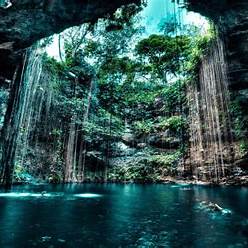
Chasing the Sacred
Chichén Itzá’s great pyramid gets all the photos. But the cenote—this quiet, gaping mouth of stone—is where you feel the true weight of Maya belief. Here, life and death met in silence. And belief was not just preached—it was thrown into the dark.
If you ever visit, take a moment to step back from the rail. Breathe. And listen. What you hear may be jungle birds... or it may be something deeper, older, and watching.
Share this story and inspire others.
Tags: Cenote Sagrado, Sacred Sinkhole, Chichen Itza, Maya Ruins, Ancient Rituals, Yucatan Travel, Chasing Hidden Wonder
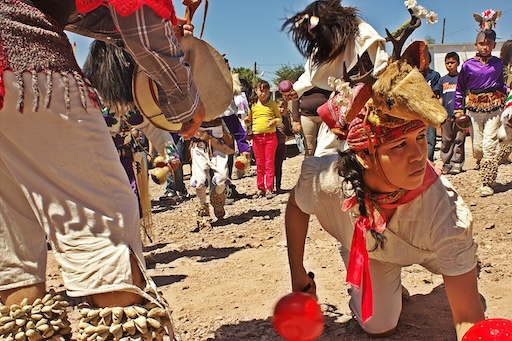 La Danza del Venado – The Sacred Deer Dance of the Yaqui People
La Danza del Venado – The Sacred Deer Dance of the Yaqui People
 Tarahumara Rarámuri – The Ultramarathon Runners of the Sierra
Tarahumara Rarámuri – The Ultramarathon Runners of the Sierra
 La Santa Muerte – The Controversial Saint of Death
La Santa Muerte – The Controversial Saint of Death
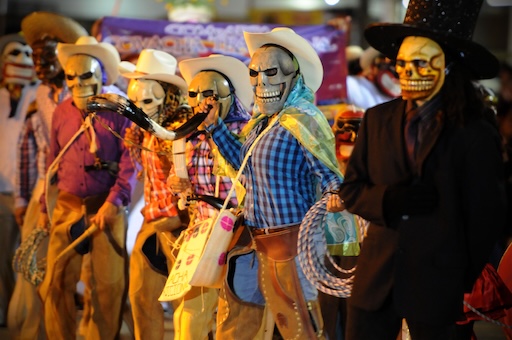 Xantolo – The Huasteca’s Version of Day of the Dead with Masks and Dances
Xantolo – The Huasteca’s Version of Day of the Dead with Masks and Dances
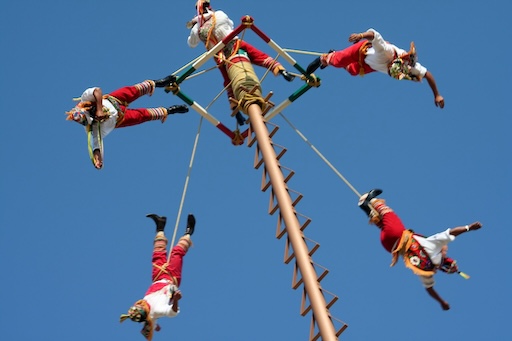 Voladores de Papantla – Men Who Fly from Poles
Voladores de Papantla – Men Who Fly from Poles
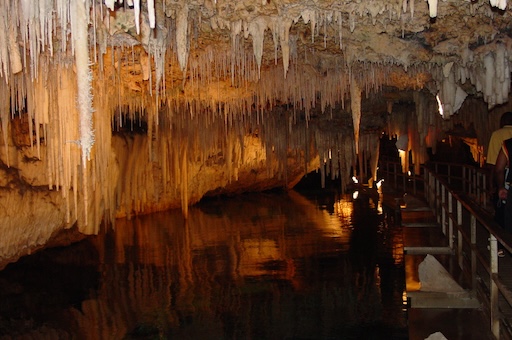 Cueva de los Cristales – Mexico’s Giant Crystal Cave
Cueva de los Cristales – Mexico’s Giant Crystal Cave